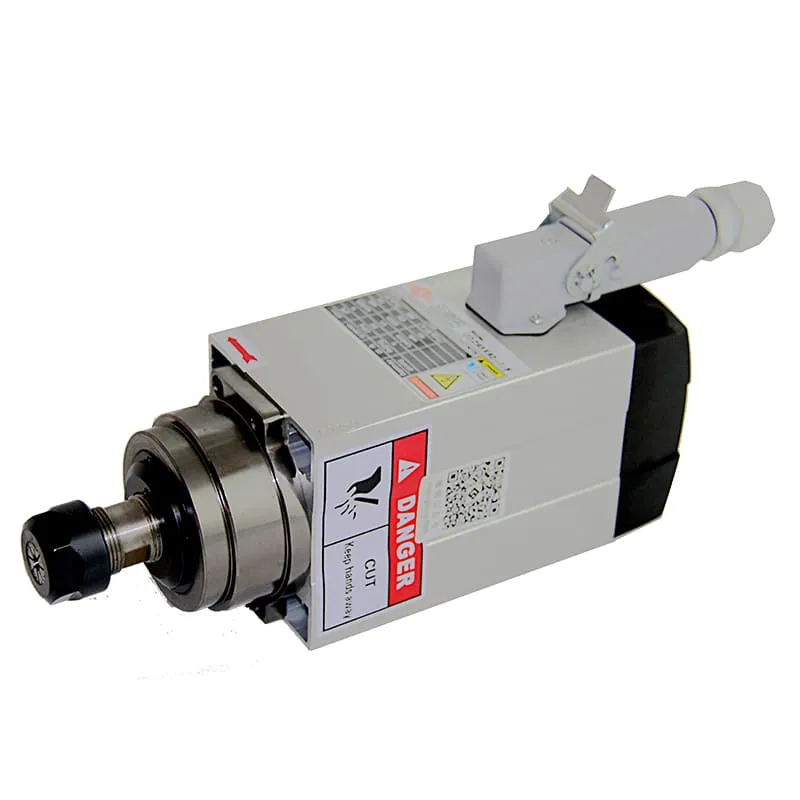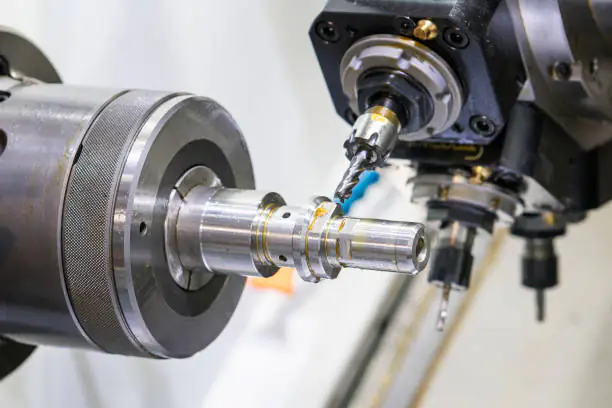How to Set Work Offset in CNC Machine
Setting work offsets on a CNC machine is a fundamental skill for any machinist or CNC operator. Understanding how to set these offsets accurately is crucial for ensuring your part is machined correctly, minimizing material waste, and improving efficiency. This guide will provide a comprehensive breakdown on how to effectively set work offsets in a CNC machine.
Understanding Work Offsets
1. What Are Work Offsets?
Work offsets are reference points that a CNC machine uses to position its cutting tools in relation to the workpiece. Essentially, these offsets let the machine know where the material is located within the workspace, allowing for accurate machining operations. Work offsets such as G54, G55, G56, etc., are codes used in CNC programming to define these reference points.
By setting work offsets, you can establish a “zero point” for your workpiece, which helps in repeating jobs and running multiple parts with consistent precision. For instance, the G54 coordinate system is frequently used as the default work offset in many CNC operations.
2. Different Types of Offsets: G54, G55, G56, etc.
Most CNC machines come with several standard work offsets that allow machinists to set multiple reference points, especially when dealing with multiple fixtures or workpieces on the same machine table. The commonly used work offsets are:
- G54: This is often used as the primary work offset and is set as the default.
- G55, G56, G57: These are secondary offsets and can be used for multiple parts or fixtures, reducing setup time.
- G53: This code refers to the machine coordinate system, often used for returning to the home position.
These offsets ensure that you can quickly switch between different parts or fixtures, improving productivity and efficiency. Using multiple work offsets allows you to maximize machine utilization.
Setting Work Offsets: A Step-by-Step Guide
3. Step 1: Understanding Machine Coordinates vs. Work Coordinates
Before setting work offsets, it’s important to understand the difference between machine coordinates and work coordinates. Machine coordinates represent the fixed positions within the CNC machine’s work envelope, typically defined during machine setup. Work coordinates, on the other hand, are user-defined reference points for a particular part or job.
For example, machine coordinates help locate the spindle’s zero or home position, while work coordinates define where your part is located on the table. Setting accurate work coordinates ensures precise cutting and machining.
4. Step 2: Preparing Your Tools
To set the work offset properly, you need to prepare the following tools:
- Edge Finder or Probe: An edge finder helps you accurately locate the edge of your workpiece.
- Touch Off Tool: For setting the Z-axis, a touch-off tool or paper can be used to determine the height of the workpiece.
- CNC Controller: Most CNC machines come equipped with either a manual controller or a software-based controller to set the offsets. Make sure to know how to operate your specific CNC controller.
Having these tools ready and knowing how to use them is vital to accurately setting your work offsets.
5. Step 3: Finding the Workpiece Zero Point
The next step in setting work offsets is to locate the workpiece zero point. This point serves as the reference for the machining operation.
- X and Y Axes: Using an edge finder or probe, find the edges of your workpiece and set the zero point for the X and Y axes.
- Z Axis: To set the Z-axis, use a touch-off tool or even a piece of paper to determine when the tool makes contact with the top of the workpiece. Set this position as the Z-axis zero.
- Entering Values: Enter the measured values into the CNC controller, usually under the respective work offset (e.g., G54, G55).
If you’re looking for robust CNC spindles for precision in your projects, explore our CNC Spindles. 
6. Step 4: Setting the Offsets in the Controller
After locating the workpiece zero points, you need to enter these into the machine’s controller to set the offsets.
- Manual Entry: Navigate to the offsets page on the CNC controller and manually input the X, Y, Z values that you obtained using the edge finder and touch-off tools.
- Automatic Probing: If your machine is equipped with an automatic probing system, it can enter these values directly into the controller after probing the part.
Entering the correct values is critical. Errors at this stage can result in inaccurate machining, wasted material, and potential damage to the tools or workpiece.
7. Verifying the Offset Settings
After setting the offsets, it’s important to verify that they are correct:
- Run a Dry Run: Perform a dry run to ensure that the toolpaths align with your workpiece without cutting into the material.
- Check Positions on the Controller: Confirm the G54, G55, or whichever work offset you’ve used, to see that the numbers align with the actual workpiece position.
Verifying helps to avoid any misalignments or errors that can lead to machining failure. This step is especially useful if you’re new to the process or working with an unfamiliar CNC machine.
Best Practices for Setting Work Offsets
8. Repeatability and Accuracy
Accuracy is key to CNC machining. When setting work offsets, precision is everything, and achieving repeatability is vital for mass production or repeat jobs. Follow these tips:
- Use Consistent Tools: Always use the same edge finder or probe tool. Different tools may have slight variations that impact your precision.
- Double-Check Measurements: Always double-check your X, Y, and Z measurements before starting the operation.
- Avoid Moving the Part: Once the work offsets are set, avoid moving the workpiece. Any movement will alter the position relative to the spindle and require recalibration.
For consistent and reliable spindle motors that can enhance your machining accuracy, consider our 6KW ER32 Air-Cooled Spindle, designed for optimal precision and repeatability.
9. Using a Probe vs. Manual Tools
Modern CNC machines come equipped with probes that automate the offset setting process. Here’s how probes stack up against traditional manual methods:
- Probing Systems: Faster and reduce human error. A probe can locate the X, Y, Z zero points with high accuracy and enter them into the controller automatically.
- Manual Edge Finding: This method, while slower, allows for a deeper understanding of how CNC machines work and is useful for entry-level machinists.
Whether using a probe or manual edge finding, the goal is the same—accurate positioning for successful machining.
Challenges in Setting Work Offsets
10. Common Mistakes and How to Avoid Them
- Wrong Zero Point Selection: Choosing an incorrect point for your workpiece zero can lead to cutting in the wrong locations or even damaging the machine. Always verify before running.
- Forgetting to Set Z Offset: The Z-axis offset is critical for setting tool height. Not accurately setting it can lead to machining errors and tool breakage.
- Miscommunication Between Operators: If you are not the only person working on a machine, it’s important to clearly communicate the set work offsets to other operators.
Minimizing these mistakes will save on material costs, reduce downtime, and prevent tool damage. Explore our 3.5KW ER25 Air-Cooled Spindle for efficient and versatile machining applications.

FAQs About Setting Work Offsets in CNC Machine
1. How do I set the G54 offset?
To set the G54 offset, use an edge finder or probe to locate the workpiece zero point and enter the measured values into the CNC controller under the G54 settings.
2. What tools do I need to set a work offset?
An edge finder, probe, and touch-off tool are essential for setting the work offsets accurately.
3. How important is the Z-axis in work offsets?
The Z-axis is crucial as it determines the depth of cut. Incorrect Z offsets can damage both the tool and the workpiece.
4. Can I use multiple work offsets in one setup?
Yes, you can use multiple offsets like G54, G55, and more to manage different fixtures or parts in one setup, enhancing productivity.
Conclusion: Mastering Work Offsets in CNC
Setting work offsets correctly is key to achieving precision and efficiency in CNC machining. Whether you are a beginner or an experienced machinist, understanding how to define and use G54, G55, G56, etc., will allow you to create high-quality parts with minimal setup times. Accurate offsets mean less rework, lower material costs, and better overall productivity. Remember, practice and careful setup are essential for mastering the art of CNC machining.

